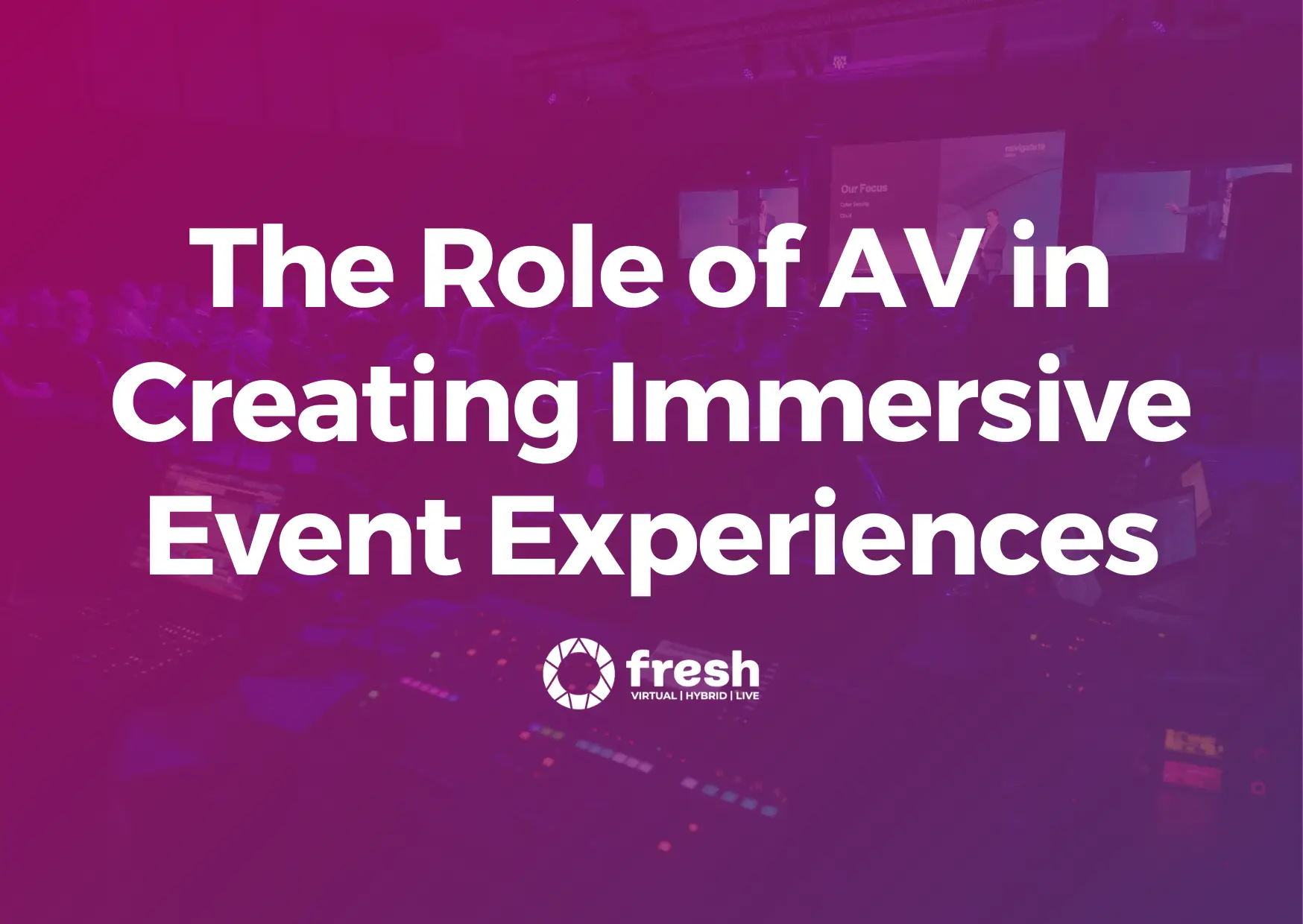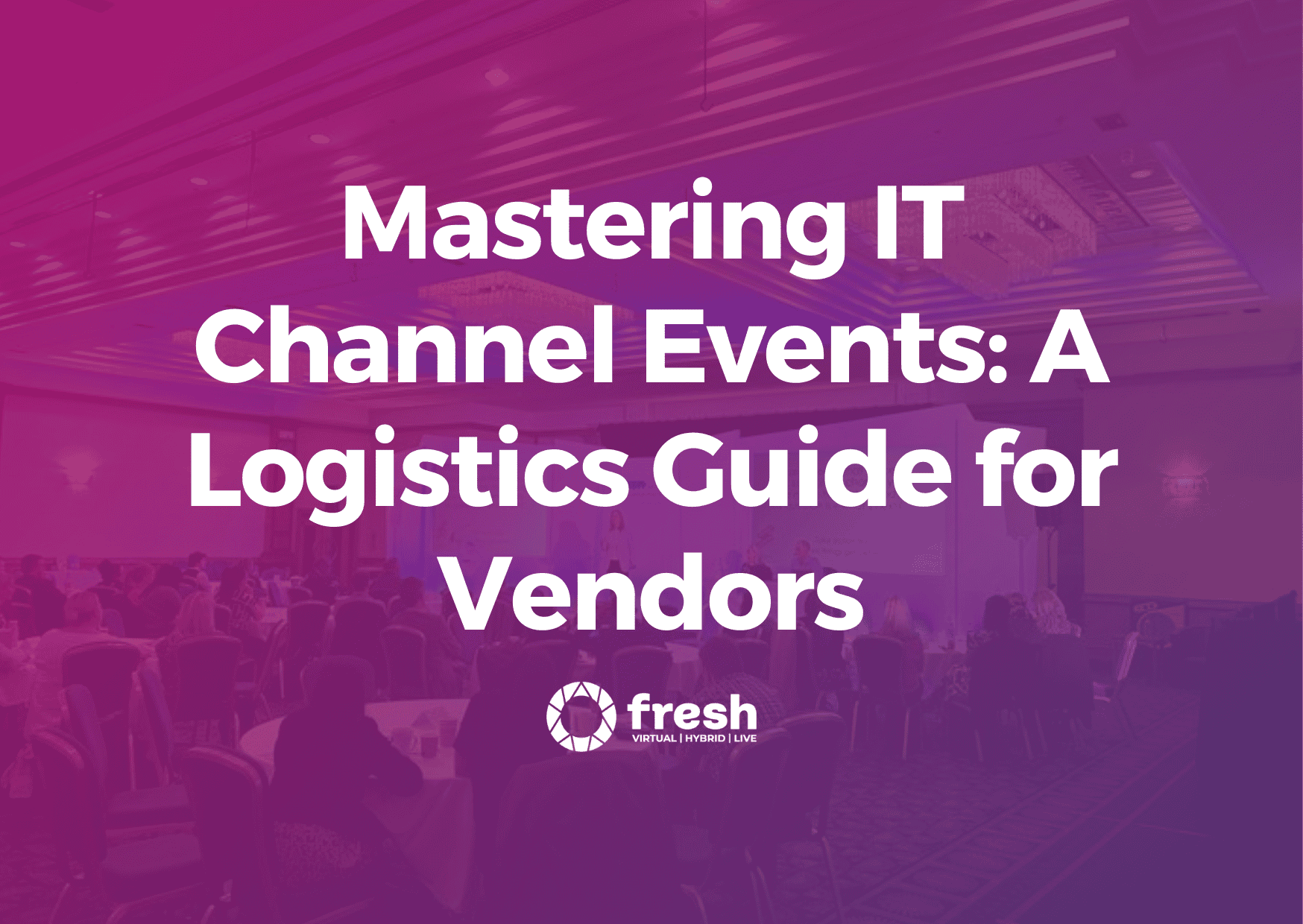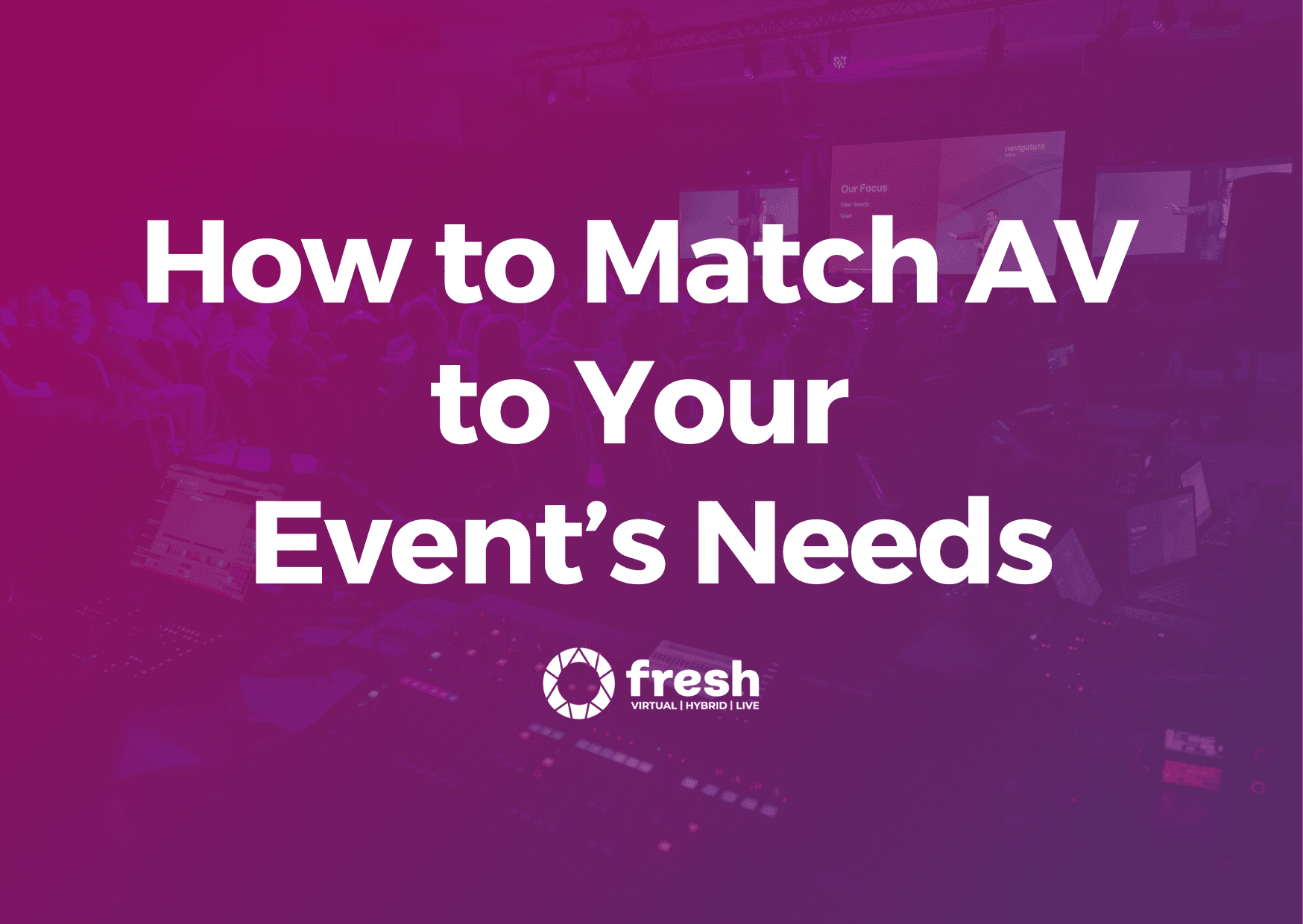Hybrid Events Done Right: Strategies for Seamlessly Integrating Virtual and In-Person Experiences
Hybrid events are a powerful tool that can bridge the gap between in-person and virtual experiences. These events can offer the flexibility of remote participation whilst also retaining a personal touch you would usually get with face-to-face interactions. Having a dual approach not only broadens your audience reach but also can enhance your overall engagement. As businesses adapt to new ways of working, hybrid events can provide a solution that caters to employee preferences and geographical constraints. They allow businesses to connect with a larger audience whilst maintaining the benefits of traditional, in-person gatherings.
We will be exploring the planning, execution and successful integration of hybrid events. From understanding the core parts of hybrid events to implementing the best practices for engagement and technical support.
Understanding Hybrid Events
Hybrid events combine in-person and virtual elements which allows participants to choose their preferred mode of attendance. Having this versatility ensures higher participation rates but also it helps accommodate various preferences, constraints and maximises reach. Hybrid events can feature a range of elements such as synchronised activities, interactive sessions and different forms of technology that can bridge the gap between the physical and digital divide of attendees.
One of the key elements to hosting a successful hybrid event is in understanding its core components. Make sure you synchronise activities online and in person allows all attendees to access the same content simultaneously and nobody will feel left out. Use interactive components such as live Q&As and polls to engage guests and encourage participation and using technology facilitates seamless communication and interaction between all participants, regardless of their location. This multi-faceted approach ensures that hybrid events are not only accessible but also engaging and effective.
Planning a Hybrid Event
Planning a hybrid event can require particular coordination, organisation and clear objectives. You need to think of elements such as selecting a suitable platform to host your virtual part of the event, ensuring it supports all the interactive features you need as well as having reliable connectivity. Then for the in-person event, choosing a venue that offers necessary technical infrastructure is vital. Creating a detailed plan is also important as you can create a comprehensive event timeline that includes both virtual and physical activities, ensuring they are synchronised to provide a cohesive experience.
Communication is another critical aspect of planning. Having clear and consistent communication with all stakeholders, including speakers, participants, and technical teams, is essential. This ensures everyone is on the same page and can contribute to the event’s success. Another important aspect is a detailed agenda, which should be shared with all participants well in advance, outlining the schedule and providing instructions on how to join sessions. This transparency helps in setting expectations and reducing any potential confusion.
Ensuring Seamless Integration Between In-Person and Virtual Experiences
Achieving a seamless integration between in person and virtual experiences can feel daunting but can be achieved to create a successful hybrid event.
Achieving seamless integration between in-person and virtual experiences is crucial for a successful hybrid event. Having clear communication, real-time interactions and meticulously organising synchronised activities is important and means you will need to plan a schedule that allows both in-person and virtual attendees to participate simultaneously, with live streaming being used to broadcast in-person sessions to virtual participants.
Maintaining consistent engagement can also be important to achieving seamless integration. Provide real-time updates and support to all attendees will help facilitate clear communication. This could be information about the event agenda, how to access sessions, starting chat rooms and more!
One of the challenges however in integrating both in person and virtual parts of the event, is ensuring that virtual participants feel as engaged and valued as those attending in person. This can be achieved by incorporating elements such as virtual networking lounges, where remote attendees can interact with each other and with in-person participants. Using technology like augmented reality (AR) and virtual reality (VR) can also provide immersive experiences that bring both groups together. These technologies can be used for virtual tours, interactive exhibits, and even social activities, enhancing the overall experience.
Providing one to one meetings and group discussions can also help in building a sense of community amongst attendees. Inclusivity can be achieved by recognising remote attendees during sessions and involving them in discussions. Offering virtual ‘swag’ bags and other incentives can also further enhance their experience and make them feel valued.
Technical Considerations and Challenges
Finally technical reliability is a fundamental part to running a successful hybrid event. Ensuring you have robust internet connectivity and having a dedicated technical support team like Fresh is important, as it can prevent disruptions and enhance the overall experience. Test the connection before the event and have backups in place in case of technical issues.
Offering tutorials and guides on how to use the virtual platform can also help in addressing any technical challenges that participants might face. Preparing contingency plans for potential technical issues can further ensure a smooth experience. Having alternative methods for participants to access the event, such as backup links or recordings, can also help in mitigating the impact of technical problems.
Conclusion
Hybrid events represent a dynamic approach to events, balancing the benefits of in-person interactions with the convenience of virtual participation. By focusing on meticulous planning, seamless integration, and robust technical support, you can create engaging and memorable hybrid events that cater to all attendees. Embracing this format not only enhances participation but also paves the way for more inclusive and flexible events in the future.
Chat with our team today
Read More

You Need to Invest in AV for Your Next Event. Here’s Why.

Event Logistics Without the Headache: How to Keep It Fresh (Literally)

The Impact of AV Technology in Creating Immersive Event Experiences

Top Event Trends for 2025: AV, Logistics, and Videography

Mastering IT Channel Events: A Logistics Guide for Vendors


